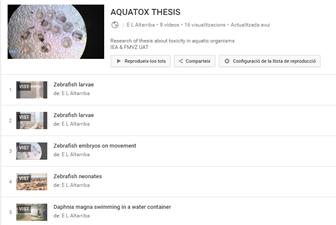Ecotoxicology is intimately related to ecology, which was defined by Ernst Haeckel (1969). This term highlights everything that has to do with the relationships established between the environment and the organisms that live in it, grouped by populations, communities and ecosystems.
The organisms present different trophic relationships between the base of the trophic chain (primary producers), the secondary ones and the tertiary ones.
In ecotoxicology it is important to know the effects on organisms of several links in this chain, because they are related to each other.
Importance of ecotoxicology:
-Investigate the ecological effects of pollutants on organisms, species, populations, communities and aquatic / terrestrial ecosystems.
-Persistence of pollutants in the environment
-Sensitivity of the species
The organisms present different trophic relationships between the base of the trophic chain (primary producers), the secondary ones and the tertiary ones.
In ecotoxicology it is important to know the effects on organisms of several links in this chain, because they are related to each other.
Importance of ecotoxicology:
-Investigate the ecological effects of pollutants on organisms, species, populations, communities and aquatic / terrestrial ecosystems.
-Persistence of pollutants in the environment
-Sensitivity of the species
Abstract: INECC







